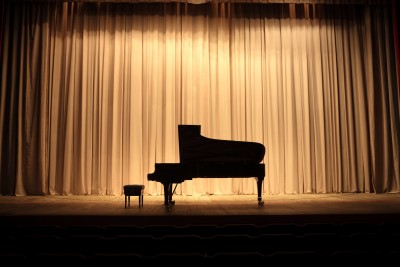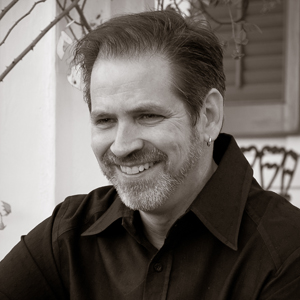(With apologies to Duke Ellington!)
In recent years, I’ve seen lots videos of performers triggering clips, sounds and phrases while tempo-locked to a groove in a static harmony; while the result sounds OK, it’s the lack of possibility for it to fail that makes me dubious.
Taking Risks
When Nik Wallenda recently walked a tightrope across the Grand Canyon, it was the possibility of failure that made it interesting. Putting aside the twisted individuals who were hoping to see him fall, most of us were hoping he would make it. We also know that if he had been walking a tightrope five feet in the air, nobody would have tuned in. It’s the risk, and the triumph over those risks that engages and inspires us.
Now, while playing a musical instrument poorly doesn’t carry the risk of death, (though it can be pretty unpleasant) we are still taking risks every time we perform. Part of what our audience gets from this is the excitement of a challenge met and conquered, and the power of witnessing this in person. If the risks are removed, perhaps through software or some other “safety net,” the experience seems hollow, at least to me.
Not for everybody
We also realize that if we attempted the tightrope walk, the result would be almost instant failure. In general, it is that fact that attracts us to any art or performance; we know that there is no way we could instantly replicate it, and that there is something special going on. While sometimes these experts make it look easy, unless we are young children, we have enough experience to know better.
When a musician plays a gig, (and it goes well) someone will often say something like “I don’t know how they can do that” afterwords. They have figured out that not everybody can do these things well. This is rewarding to both parties; the performer feels appreciated, and the members of the audience feel like they witnessed something out of the ordinary.
There is a story
The third reward to real performances that embody risk is that we can sense the struggle and sacrifice that led to an extraordinary skill-set. Reverence for the highly refined performer comes from this awareness. A bit of hero-worship is good for us, in that it gives us hope and belief in our potential as humans.
We also are very scornful of those who are found to be “fakes.” (or at least we used to be) Witness Lance Armstrong; we often feel personally betrayed when our heroes turn out to have cheated.
Without a net
As musicians, we have to put ourselves in a situation where we can fail, or else our “success” is meaningless. I don’t want to listen to a performer who has never fallen; I want to hear somebody who has faced their own mediocrity and fixed it. This is why I am not a fan of “crutches” or “foolproof” situations.
The comedian stands alone in front of thousands. The figure skater prepares for her routine. The vocalist sings. The musician takes the stage with nothing but practice to protect them.
Questions:
Does your performance take risks?
Do you use technology to avoid facing your own weaknesses?
What do you think makes a “real” performance?


